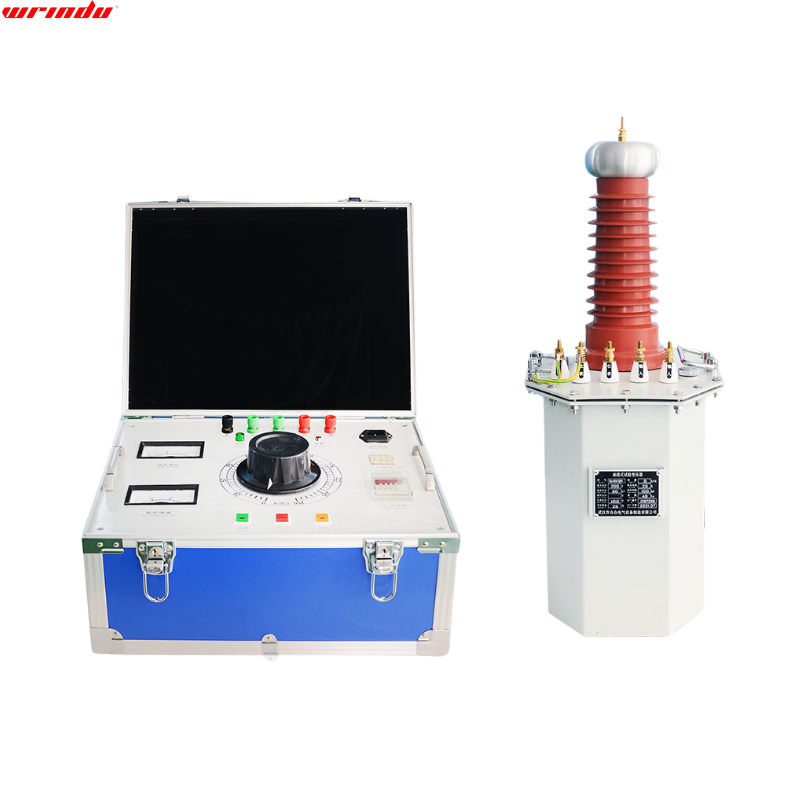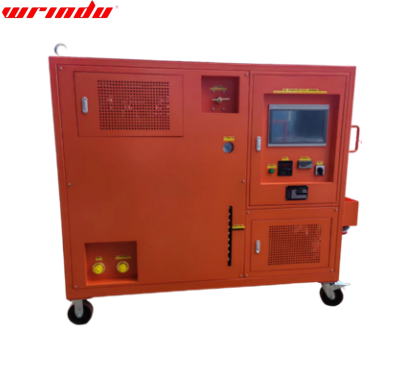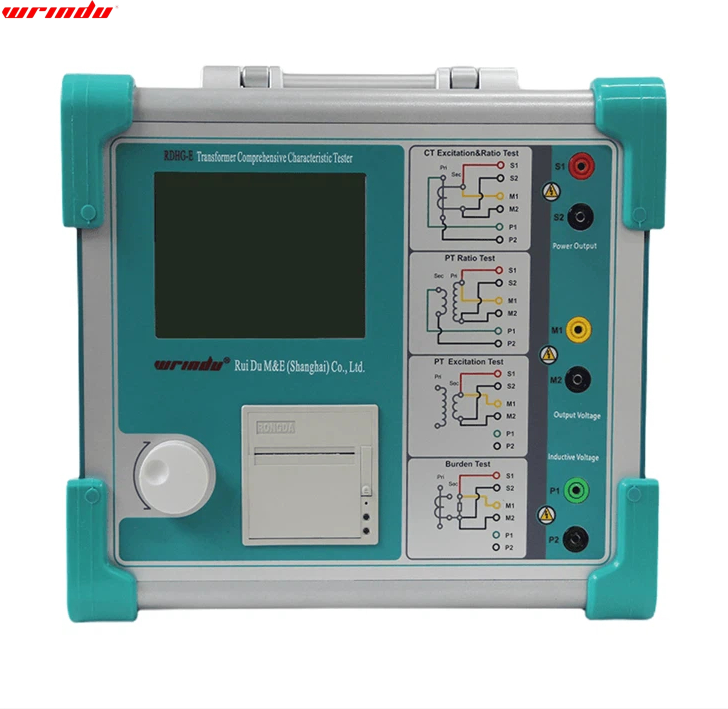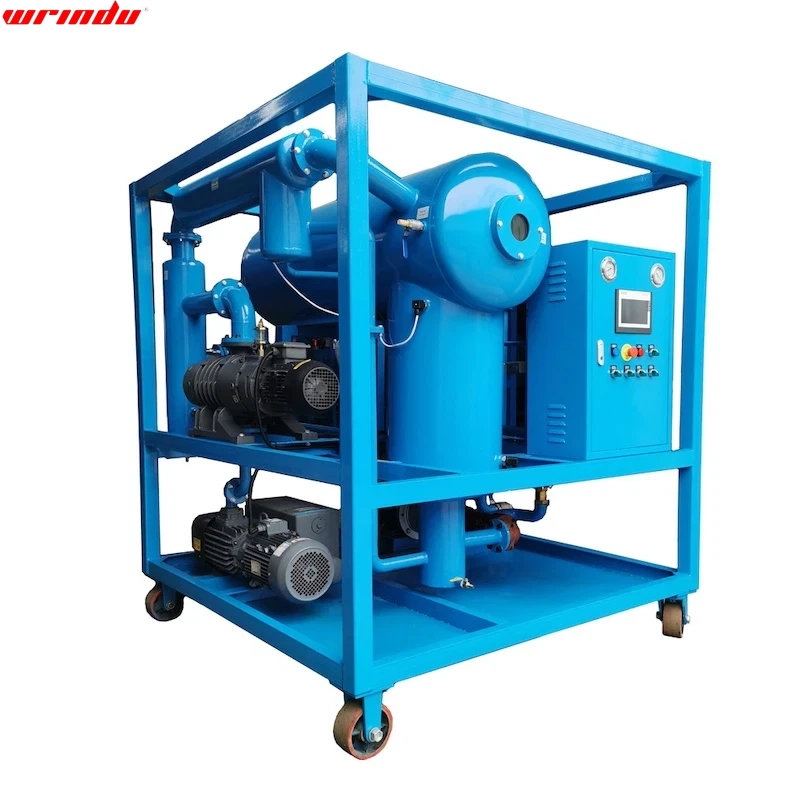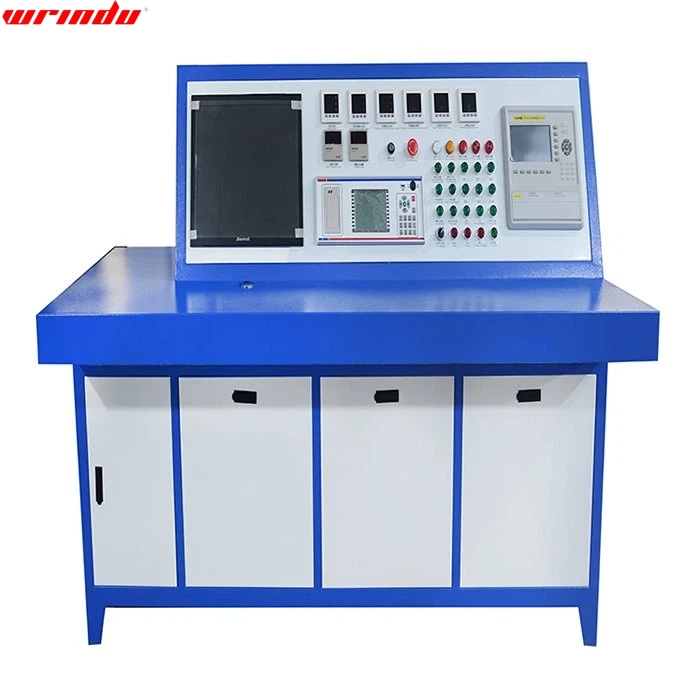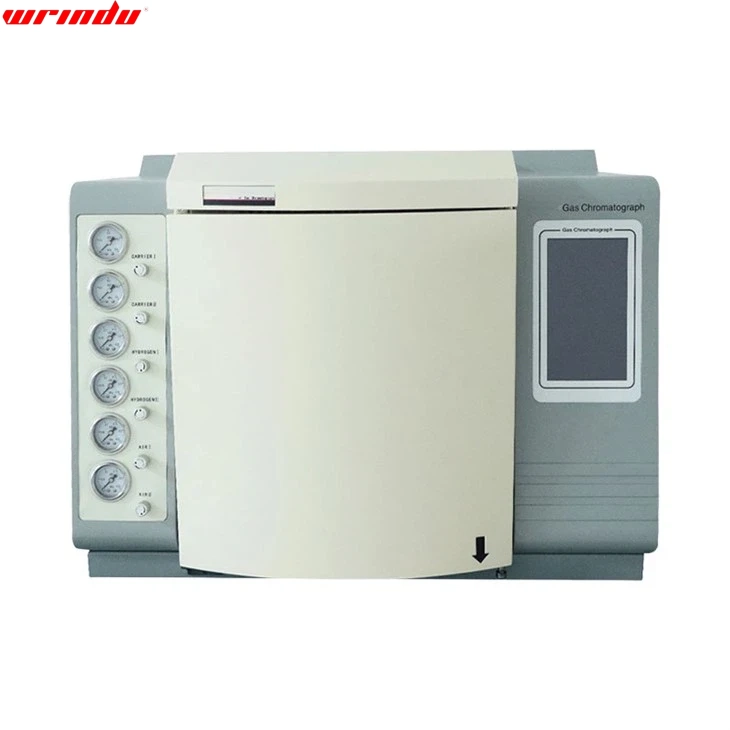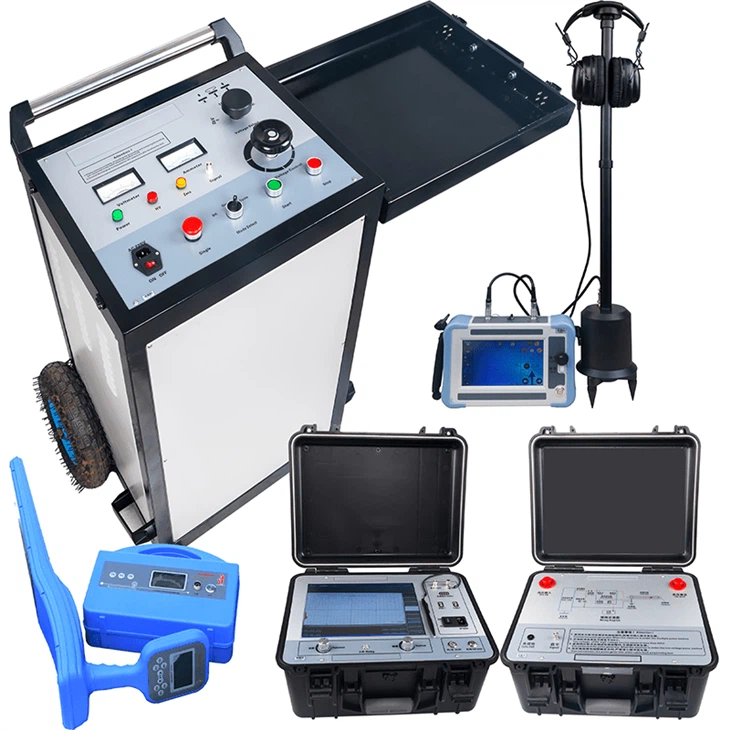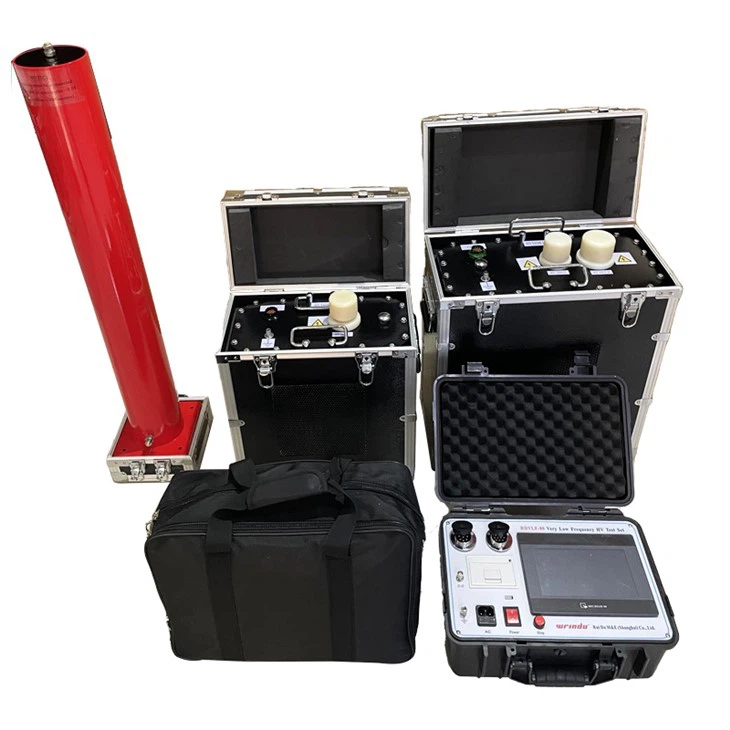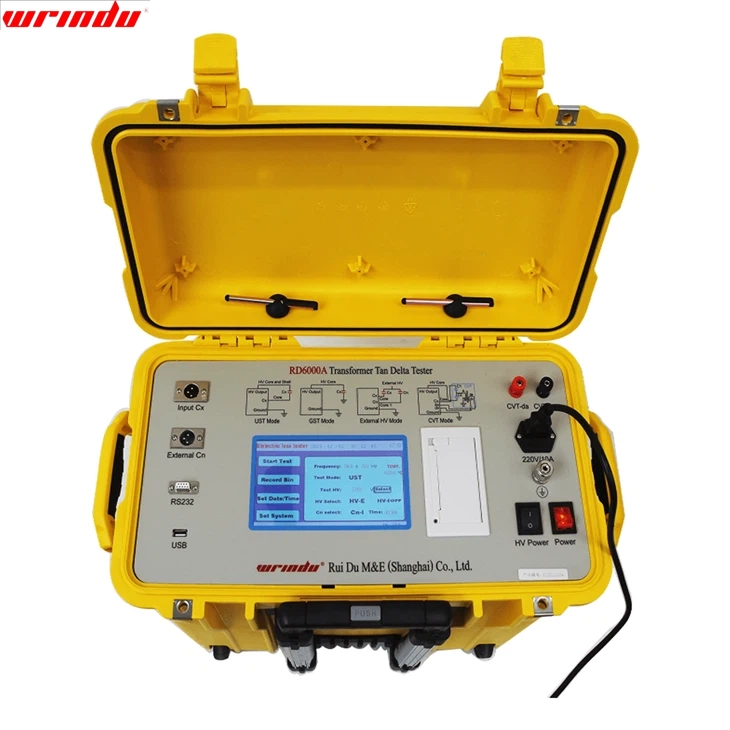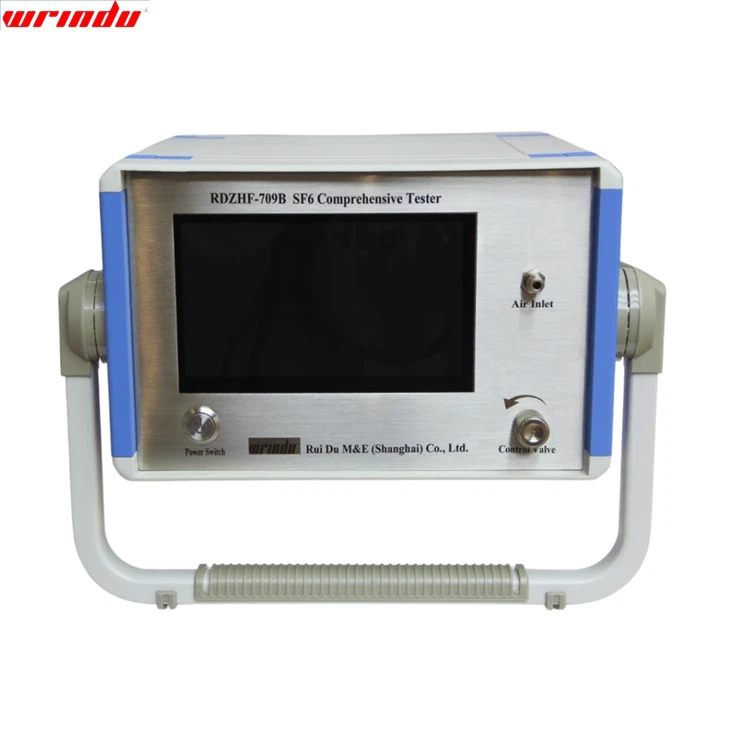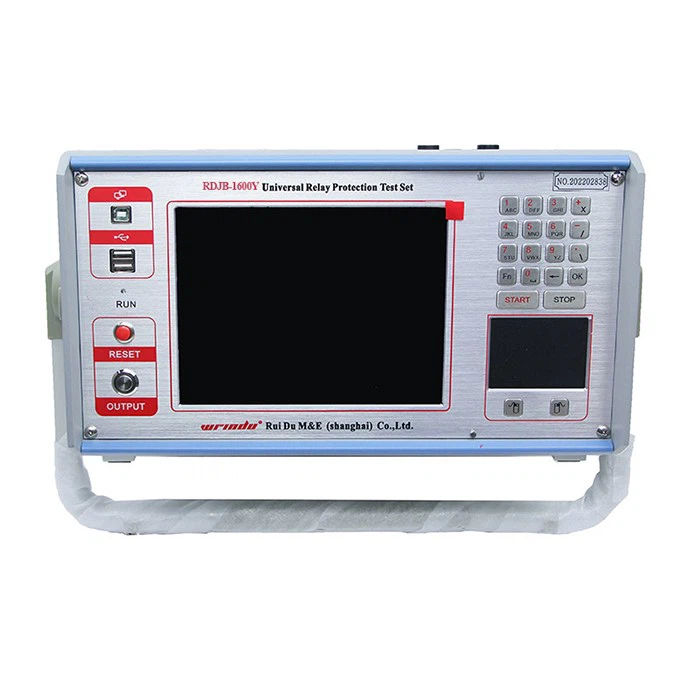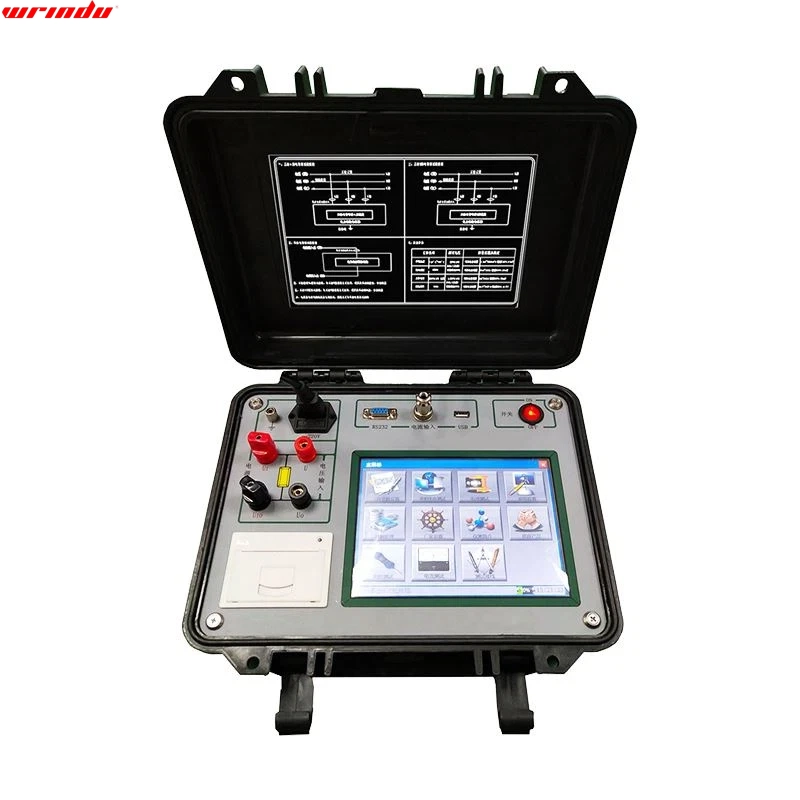OVERVIEW
The RDCD-523W cable sheath fault locator has an adjustable output voltage suitable for cable sheath joint tests and preventive tests in cross-linked systems, using the step voltage method for fault location. It rapidly and accurately identifies grounding faults and excessive leakage current in single-core and three-core high-voltage cables ranging from 10kV to 500kV. Additionally, it performs withstand voltage tests on high-density polyethylene and polyvinyl chloride cable sheaths, ranging from 5kV to 10kV, with a 1-minute DC withstand voltage test. This sheath fault locator is an essential specialized tool for cable equipment maintenance, serving high-voltage and ultra-high-voltage cable operating units, ultra-high-voltage cable engineering companies, and various power transmission and transformation engineering companies.
CHARACTERISTIC
– Adjustable output voltage for cable sheath testing and fault location.
– Quickly detects faults in high-voltage cable sheaths.
- Versatile Application:
– Suitable for single-core and three-core cables.
– Identifies grounding faults and excessive leakage current.
- Material Compatibility:
– Conducts withstand voltage tests on high-density polyethylene and polyvinyl chloride cable sheaths.
- Specialized Maintenance Tool:
– Essential equipment for cable maintenance.
– Ideal for cable engineering and power transmission companies.
FAQ
Q: What are the different types of cable locators?
A: Different types of cable locators include electromagnetic locators (for metallic cables), ground-penetrating radar (GPR), radio frequency (RF) locators, sonar locators (for non-metallic cables), acoustic pipe and cable locators, magnetic locators (for ferrous materials), cable fault locators, and cable avoidance tools (CAT) with signal generators. The choice depends on the cable type, environmental conditions, and specific tasks. Professionals often use a combination for comprehensive cable location.
Q: Can a cable fault locator be used on underground cables?
A: Certainly!
Yes, cable fault locators are designed to be used on underground cables. These specialized devices effectively trace and pinpoint the location of faults in underground cables, enabling swift and precise troubleshooting and repair without the need for extensive excavation.
Q: How do underground cables get damaged?
A: Underground cables can be damaged by excavation, natural forces, corrosion, rodent activity, temperature fluctuations, ground movement, vehicular traffic, water ingress, aging, and deliberate acts. Mitigation involves proper installation, inspections, and monitoring systems to swiftly address issues and minimize disruptions.
Q: How do you trace a cable fault?
A: In cable fault location, the initial step involves cable testing to detect faults. During this testing process, intentional flash-overs are generated at vulnerable points in the cable, facilitating accurate localization of the faults.
APPLICATION













